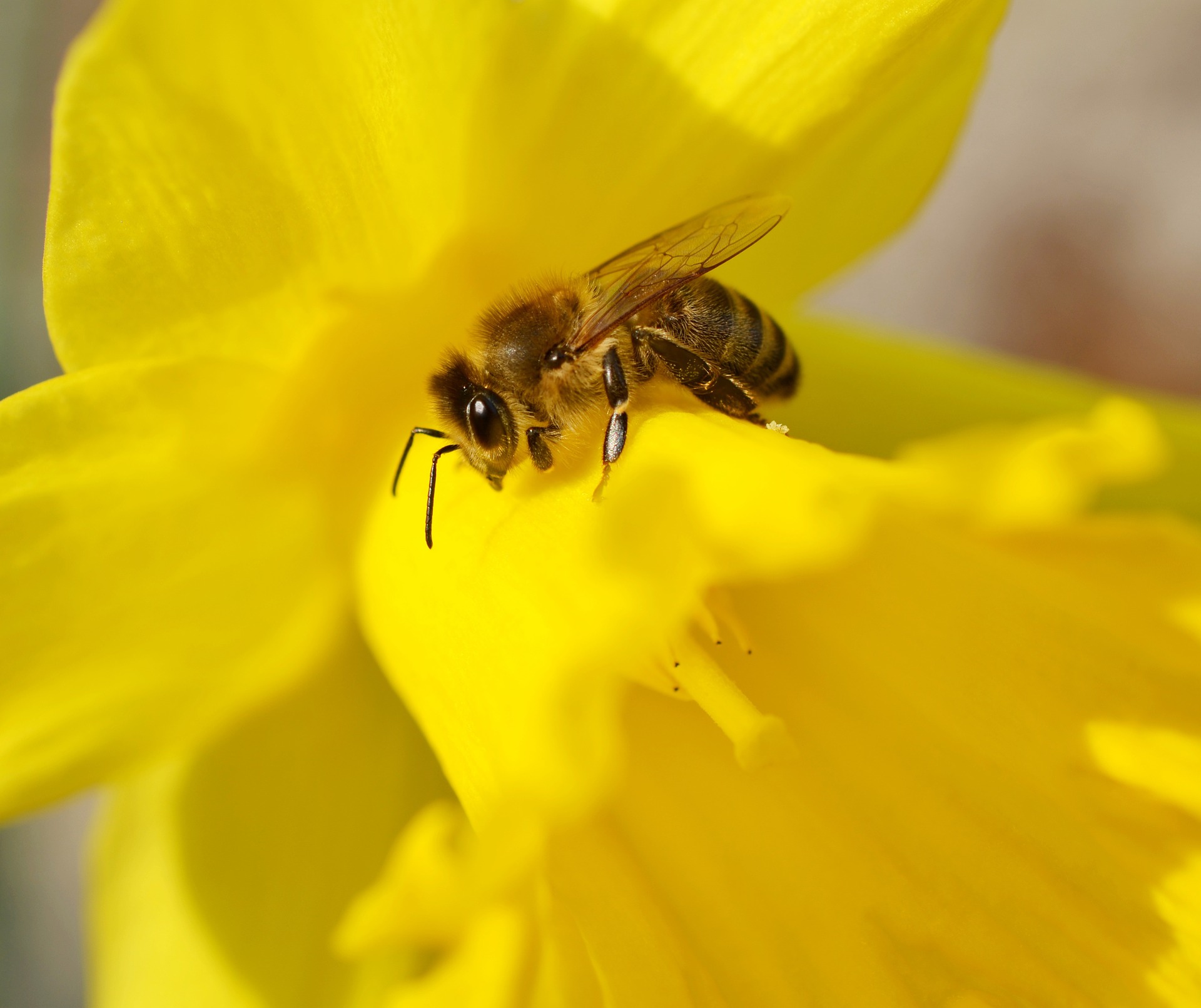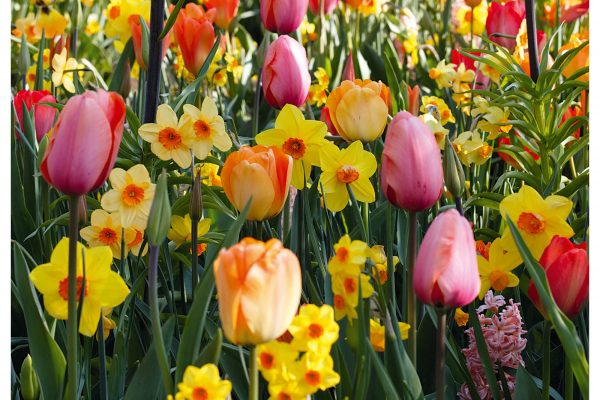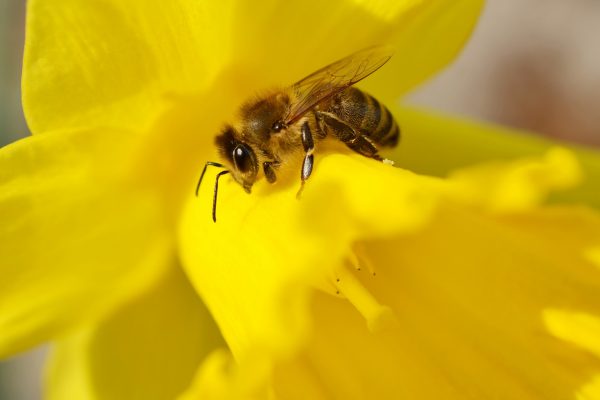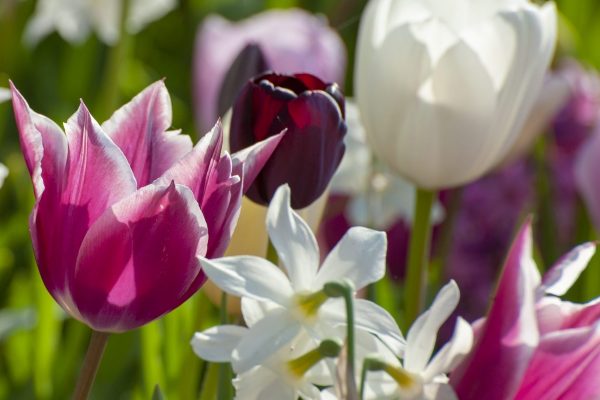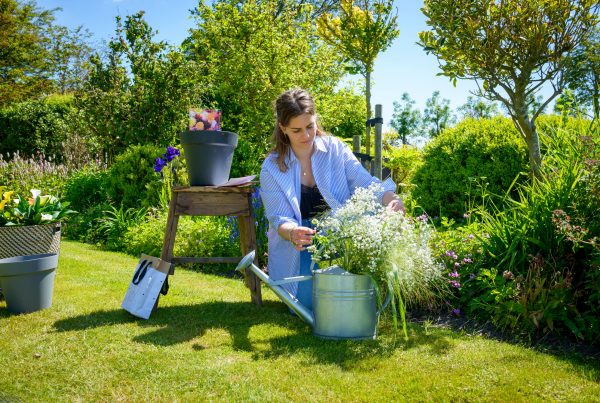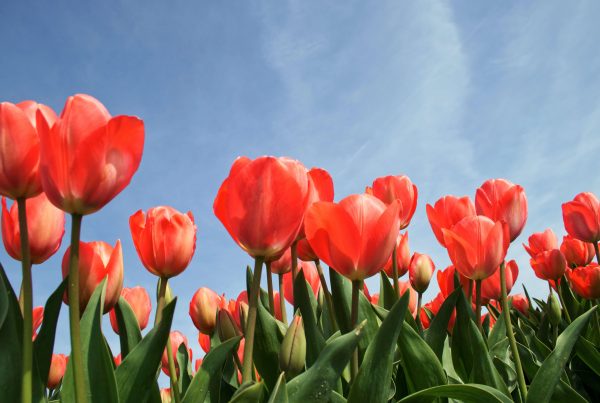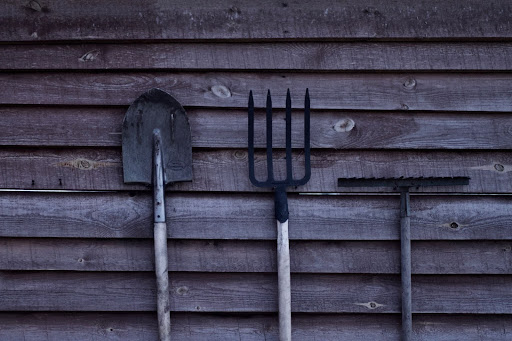Over the years the human race has started to see the importance of nature, ecosystems and insects. More and more we began doing things like recycling and making healthy choices. Then came the debate on biodiversity and the impact it has on our lives and health, and why this should be a priority now. Yet it’s not always clear as to what biodiversity is and how we could all help. This is the reason why we dedicated an article to biodiversity and what you can do in your own garden to help!
What is biodiversity exactly?
‘Biodiversity’ is a widely used term, but what does it actually mean? In essention, it is a merger of ‘biological’ and ‘diversity’, which points to all kinds of different lifeforms you can find in one area. This includes all animals, plants, fungi and microorganisms that you can find in the natural world. Biodiversity represents the variability in and among genetic material, ecosystems and species, instead of just the sum of those.
Within a specific area, the elements of biodiversity work together to maintain balance and to support life. So one could say that biodiversity in itself is pretty important. Still it is important for more than just balance. Within the natural environment, you can find the basic conditions that make sure the human species survives. The ecosystems provide services from which we benefit, such as water, food, fiber, timber. Due to genetic resources, we receive regulating services. You could think of the regulation of the climate so we don’t have so many floods or diseases. Believe it or not, but biodiversity also provides us with cultural services, which include recreation and aesthetic enjoyment.
Types of biodiversity
Since biological diversity isn’t just the sum of all genetic material, ecosystems and species, it is a bit more complex than you might think. Biodiversity is the variability within and among these categories. It is further divided into three levels.
- Species diversity
- Genetic diversity
- Ecosystem diversity
The first one specifies the variation of different species. The second one refers to the variation of genes. These genes are specifically contained in fungi, plants, micro-organisms and animals. Last but not least, there is the diversity in ecosystems. This spans all the different habitats that exist. Think of forests, tropical, deserts, mountains, coral reefs, wetlands and rivers.
Biodiversity and health
As human beings, we are heavily dependent on biodiversity. Our health, for instance, is counting on services and products that biodiversity provides for us. Such as food, fresh water and fuel sources, which are very important to keep us alive. The loss of biodiversity can have a significant direct and indirect impact on the ecosystem that gives us the products and services that we require. It could be that the ecosystem services don’t meet the standard of our social needs or changes can affect income, local migration or livelihoods. A lot of medical and pharmacological discoveries were made through the understanding of the biodiversity of microorganisms. A loss in this level of biodiversity could lead to a decrease in the discovery of potential treatments for health problems and diseases. Besides providing us with a livable planet, clean air and water, biodiversity helps us understand our species even better. If we were to lose some of it, we might just miss a cure for an illness or don’t develop a food that helps us grow stronger.
Biodiversity in your garden
As you can read above biodiversity is very important for the further existence of species such as the human race. For instance, there has been a decrease in the bee and butterfly population over the years. Luckily there are ways in which we all can help restoring the balance a bit. One example is recycling, yet you can do a lot of good in your garden or on your balcony. Here are some tips for you to increase biodiversity.
- Avoid chemicals and pesticides, by using natural soil and composting efforts
- Plant an array of flowers to boost pollination and our immune system and to maintain the bee population
- Use hand tools, such as cutters, shovels, brooms, as much as possible
- Leave a patch of your garden to go wild, so insects and birds can enjoy the coverage and native plants
- Create a pile of rocks or old wood, so insects and fungi can roam free and florish
- Plant plants with seeds and provide water for birds and other small animals
- Choose an organic soil and top it off with compost without any chemicals
- Create a habitat for some species by leaving piles of leaves and twiggy debris
- Leave perennials uncut, so insects can hibernate in their hollow stems
- You can scatter wildflower seeds to create a meadowland, which are low maintenance and a great place for insects such as bees and butterflies
- Pick and plant the best plants to create the diversity biodiversity needs
- Go wild in your choices of shapes, fragrances, colours and sizes
Besides the advantages for biodiversity, gardening is a fun, relaxing and healthy activity. We at Plant & Bloom want to make sure that everyone can enjoy gardening, if you’re a wintered professional or a beginner. We have our own breeding house, so the flower bulbs that we deliver are premium quality. Hop on over to our shop to select the flower bulbs for your garden or check out other articles on our blog to help you get started. Want to read more about our eco-frienldy flower bulbs mixes? Check it out here!


